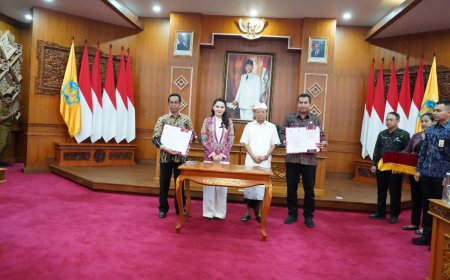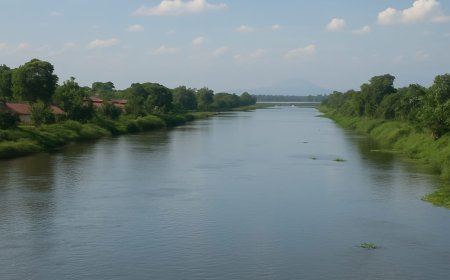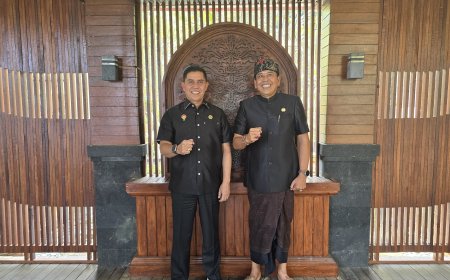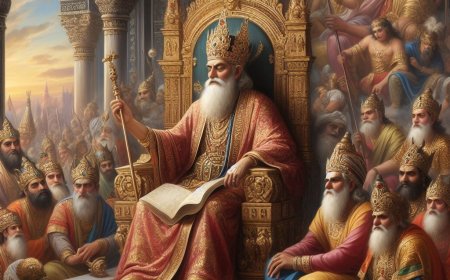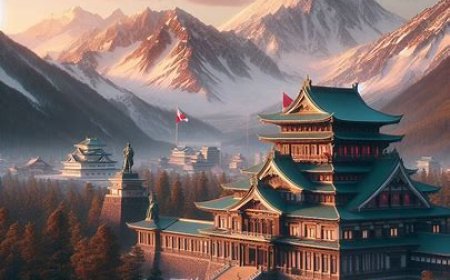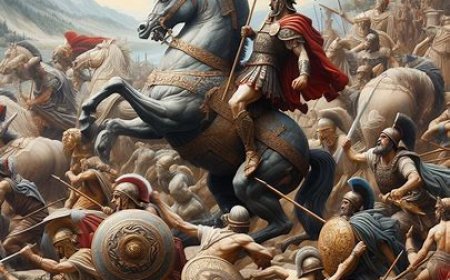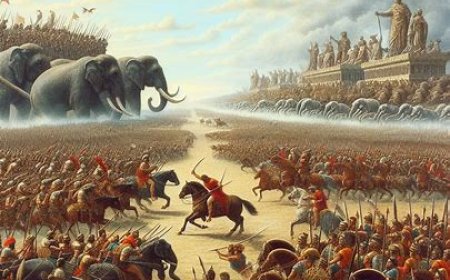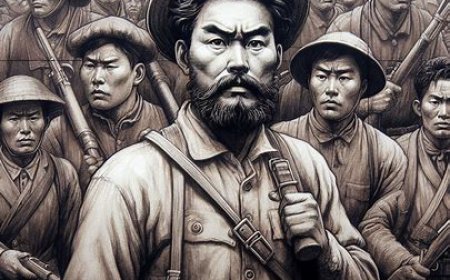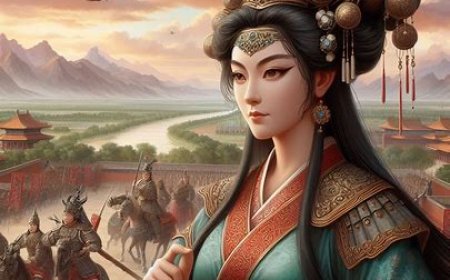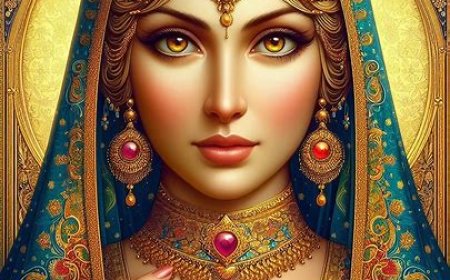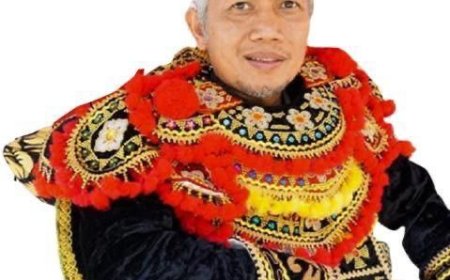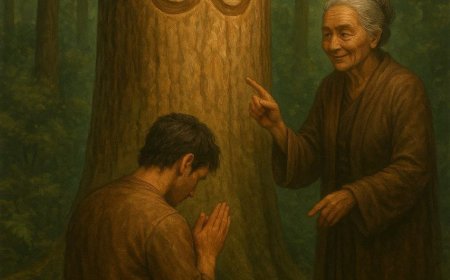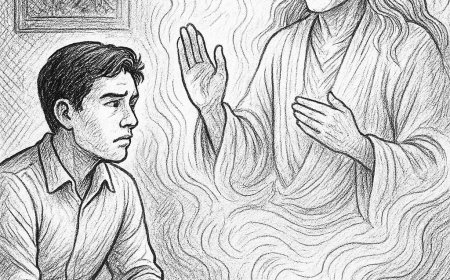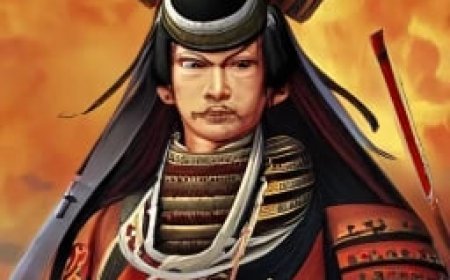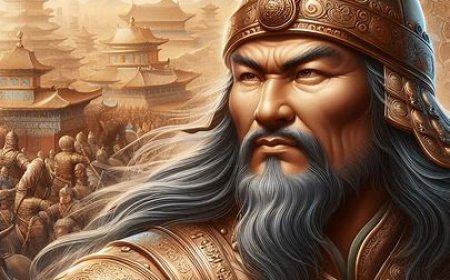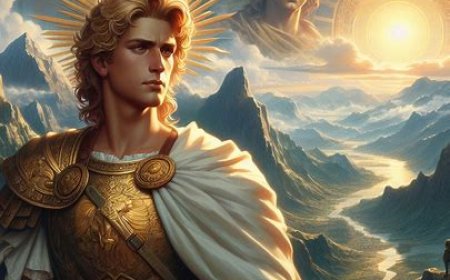Gadjah Mada, The Great Commander of the Archipelago
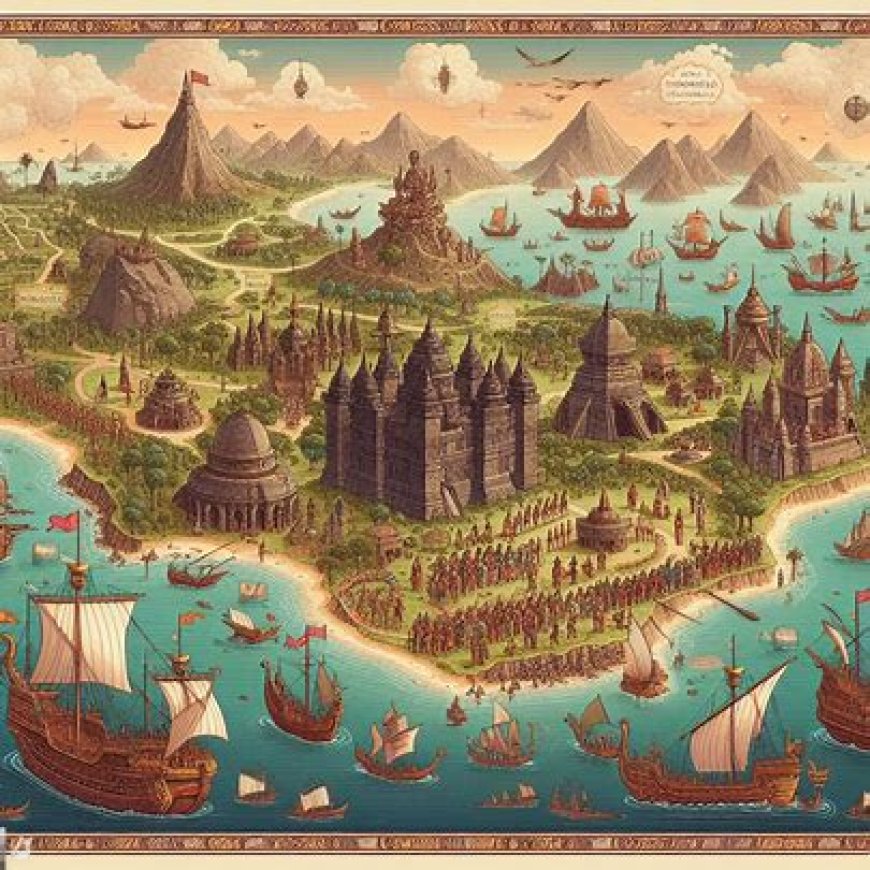
Gadjah Mada, also known as Mahapatih Gajah Mada, is a prominent figure in the history of Majapahit, a Hindu-Buddhist kingdom that once ruled the archipelago in the 14th century. Gadjah Mada began his career within the Majapahit palace. During the reign of King Hayam Wuruk, Gadjah Mada reached the pinnacle of his power as the Mahapatih, the second-highest position in the kingdom after the king. His greatest achievements include the conquest of the Singhasari and Bali kingdoms, as well as military expeditions to various regions in the archipelago, such as Sumatra, Kalimantan, and Sulawesi. Gadjah Mada is renowned for the Palapa Oath, aimed at unifying the entire archipelago under Majapahit's rule. In addition to his military exploits, Gadjah Mada was involved in administrative and diplomatic policies, as well as supporting the development of Majapahit's arts and culture. His legacy includes cultural heritage, an efficient governmental structure, and significant contributions to shaping Indonesia's historical identity. Although the exact year of Gadjah Mada's death remains uncertain, his legacy endures and remains an integral part of the narrative of the archipelago's history.
Gadjah Mada, or Mahapatih Gajah Mada, is celebrated for his significant achievements in Majapahit's history and expansion across the archipelago. Some of Gadjah Mada's major accomplishments include:
1. Expansion of Majapahit's Power
Gadjah Mada played a key role in the expansion of Majapahit's empire in the archipelago. Under his leadership, Majapahit successfully conquered various kingdoms and territories, extending its influence to surrounding islands, including Java, Sumatra, Kalimantan, Sulawesi, and Bali.
2. Efficient Governance
Gadjah Mada not only had a military role but also held a crucial position in the administration as the Mahapatih. He helped establish an efficient administrative system in Majapahit, contributing to the kingdom's stability and prosperity.
3. Diplomatic Relations and Foreign Policy
In addition to military strength, Gadjah Mada was involved in diplomacy and foreign policy. He established relationships with neighboring kingdoms, built alliances, and employed diplomatic policies to expand Majapahit's influence.
4. Cultural and Artistic Development
During Majapahit's reign, including Gadjah Mada's tenure, there was rapid development in arts and culture. Many monumental works of art and literature originated from this period, creating a rich cultural heritage.
5. Palapa Oath
Gadjah Mada's Palapa Oath reflected his determination to unite the archipelago under Majapahit's rule.
6. Cultural Legacy
Gadjah Mada contributed to the development of arts, literature, and culture in Majapahit. Monuments like Singosari Temple and Jago Temple are examples of the cultural heritage produced during his leadership.
There is no historical record that provides definite information about how Gadjah Mada, the renowned Grand Vizier of Majapahit, died. The death of Gadjah Mada remains a mystery, and historical sources do not offer a clear description of his final moments. Numerous theories and legends surround Gadjah Mada's death, but the truth is difficult to ascertain. One well-known legend suggests that Gadjah Mada died in exile in Trowulan, the former capital of Majapahit, but this leans more towards myth than historical fact. Historical sources state that Gadjah Mada resigned from his position as Mahapatih in 1331 AD, choosing to live as a hermit (someone who lives a spiritual life and withdraws from worldly affairs). After retirement, he likely spent the rest of his life in meditation and contemplation. The death of Gadjah Mada remains one of the mysteries in Nusantara's history, and there is no clear description of how his life ended. The legacy of Gadjah Mada continues to live on as one of the great heroes who made significant contributions to the journey of Nusantara's history.
(source: chatgpt)
What's Your Reaction?








